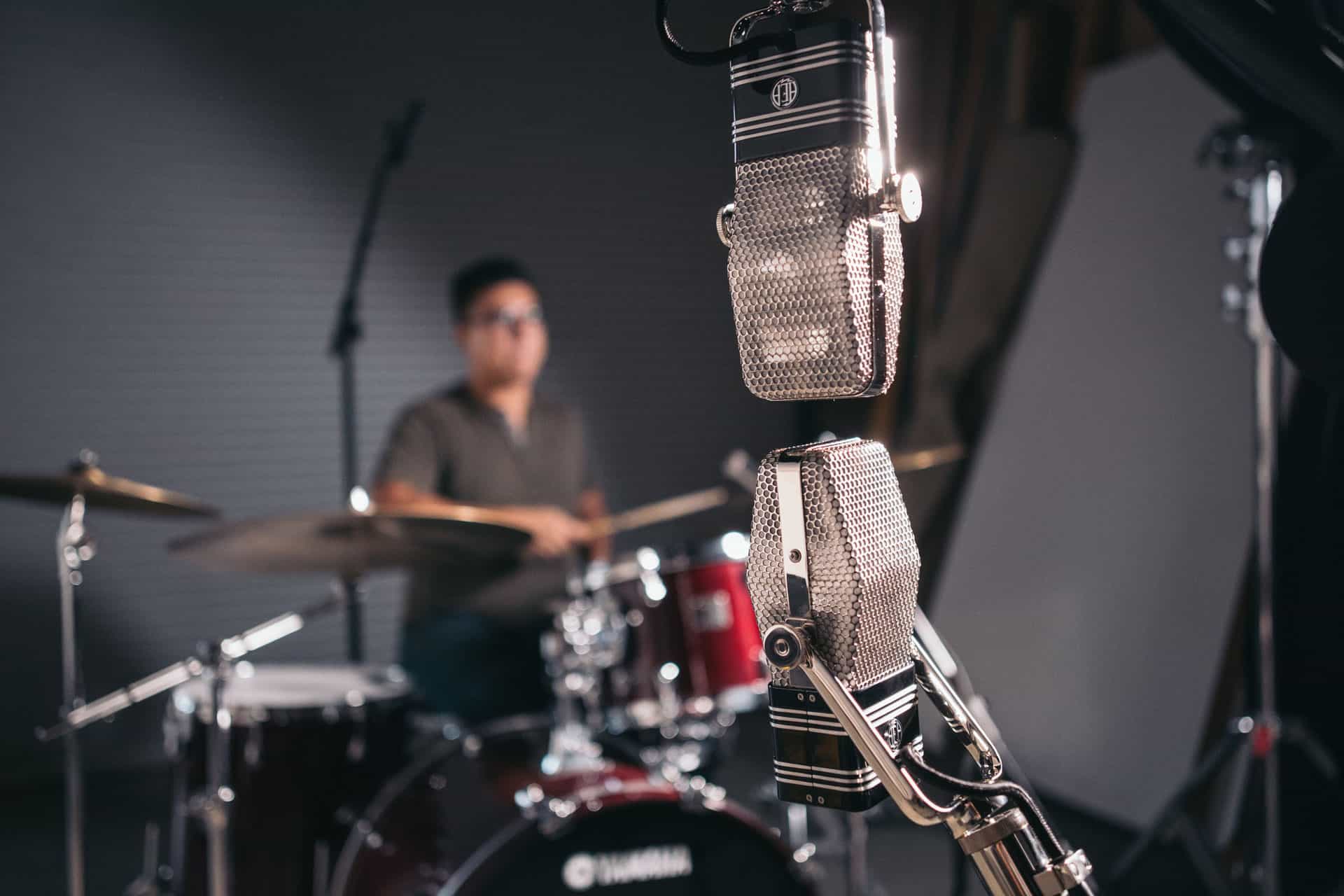How to Set Up a Blumlein Pair Stereo Recording

It has been said that the simplest recording methods will always produce the best sounds. In that spirit, while it’s possible to create a cull stereo spread solely through your mix with different panning techniques and other effects, sometimes it’s best to create a full stereo image at the source of your recording.
One way to do this is called the Blumlein Pair recording method. The concept is simple: set up two bi-directional microphones as close together at possible at right angles to one another. However, getting the exact positioning of the mics for the best stereo image and sound is a bit more challenging.
Use the Correct Microphones
Not just any microphone will work for the Blumlein setup, as the method requires microphones with a figure 8 pickup pattern that picks up sounds in front of the microphone as much as it does those in the back.

The method was developed in the 1930’s by Alan Blumlein, who was searching for a way to create a stereo image in sound for film. He was working with ribbon mics, which are still a great choice, and many condensers can be used for the purpose as well.
*Note: you’ll want to use two of the same types of microphones.
How It Works
Typically, to get the mics as close as possible, you’ll put one in its regular position and have the other upside down above the original mic. One way to do this is to mount each on the same straight stand, though you can use two stands if necessary. In either case, ensure the top shockmount is able to hold the mic upside down.
One mic is panned hard left in the mix, and the other is panned hard right. Because of the angle, the left channel will pick up the left side of the audio source, as well as the rear right recording, which will mostly consists of the sounds of the room where you are recording. Vice versa for the other mic. This gives you a true stereo field as well as a lot of character from your room.
Advantages, Disadvantages and When to Use the Blumlein
The last part can be a blessing or a curse depending on your room, and also can make finding the perfect position for your mics difficult. But part of the charm and effectiveness of the setup is that it provides that room character in your stereo spread that you can’t get by simply panning your instruments during the editing process. Just be aware that your room becomes something of an instrument itself.
The setup usually is used for room miking purposes -- therefore, you typically wouldn’t use the setup to close-record an acoustic guitar or anything like that. It is great for use as drum overhead mics, recording a horn or string session, or using as a “room mic” for just about anything else you are recording.
And while you don’t want to be too close to the audio source, you also don’t want to be too far away, as you’ll begin to pick up too much room noise and lose the lows in the audio source you are recording. Typically, you’ll want to position your mic stand as high as possible above the source you are recording.
The Blumlein Pair method is a fairly specialized recording method, but can bring a great new sound and feel to some of your recordings.




